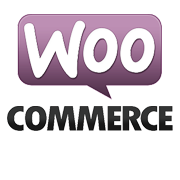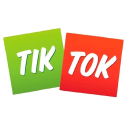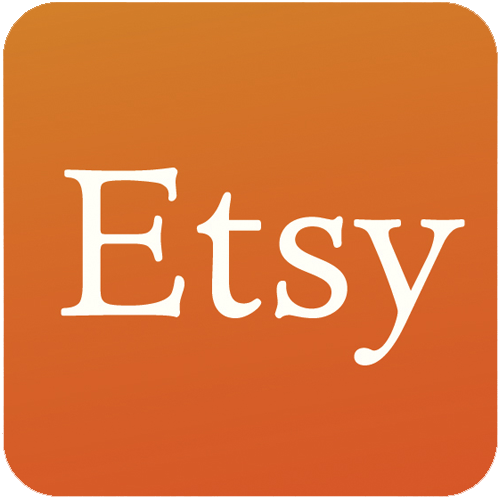These 3 Momtrepreneurs Started A Book Subscription Box Business For Kids
Hello! Who are you and what business did you start?
My name is Christina, and I am one of three momtrepreneurs who founded Lit League. We create book-themed activity boxes for kids ages 3-12, and we have developed three book box lines: picture book, early chapter book, and chapter book.
Each box contains a high-interest book (often a lesser-known book by a well-known author, or a hidden literary gem), a vocabulary bookmark, discussion questions and answers, an instruction pamphlet, and the materials to complete 4-5 book-related activities as well as ideas for more book-inspired fun.
Our activity boxes can be ordered as a monthly subscription service or as stand-alone specialty boxes. We have tripled our business between last year and this year, and we are proud of that growth.
We are delighted to now be approved materials providers for eleven different charter schools in two states and have subscribers receiving Lit League boxes across the nation.

Download the report and join our email newsletter packed with business ideas and money-making opportunities, backed by real-life case studies.

Download the report and join our email newsletter packed with business ideas and money-making opportunities, backed by real-life case studies.

Download the report and join our email newsletter packed with business ideas and money-making opportunities, backed by real-life case studies.

Download the report and join our email newsletter packed with business ideas and money-making opportunities, backed by real-life case studies.

Download the report and join our email newsletter packed with business ideas and money-making opportunities, backed by real-life case studies.

Download the report and join our email newsletter packed with business ideas and money-making opportunities, backed by real-life case studies.

Download the report and join our email newsletter packed with business ideas and money-making opportunities, backed by real-life case studies.

Download the report and join our email newsletter packed with business ideas and money-making opportunities, backed by real-life case studies.
































